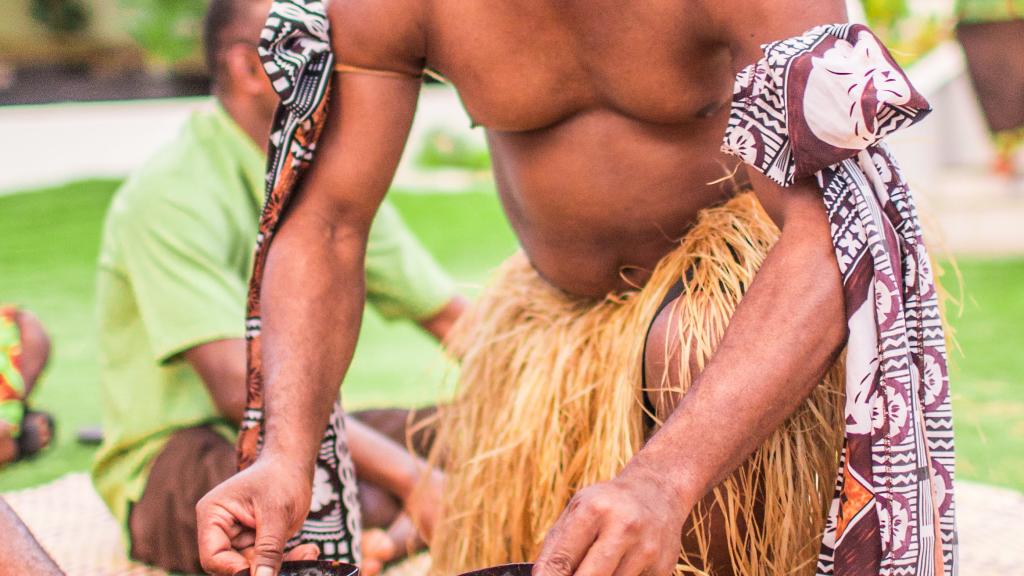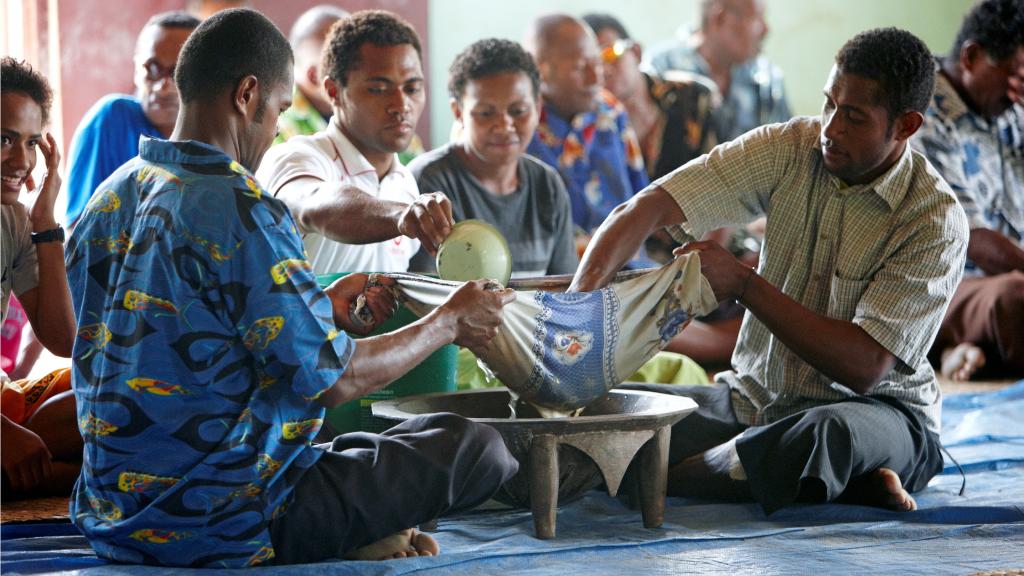13th July 2016

Vanuatu is experiencing a kava shortage after a surge in demand from both the domestic and international market. The largest crop grown in Vanuatu, kava is exported to Australia, New Zealand and neighbouring Pacific Islands as well as the United States of America. A potent drink with mildly hallucinogenic effects, kava is a sedative brewed from the roots of a plant which is a member of the pepper family.
The root is made into a powder which is transformed into a drink by steeping the powdered root in water. When made into a drink, kava resembles muddy water and has a bitter aftertaste. A popular drink in the Pacific Islands, kava is known for its narcotic properties and relaxing effect. The kava industry is worth 2 billion vatu (AU$23,933,152) annually to the country, with secondary industries rooted in tourism, cocoa, coffee and coconut.
Traditionally kava was only drunk by men in the outer islands of Vanuatu and only on ceremonial occasions. However, the growing population and increasing urbanisation has seen the number of kava drinkers increase over the past decade, with women also beginning to enjoy the drink. In Port Vila, the capital of Vanuatu, there are over 300 kava bars for a population of just 44,000.
Kava crops have been affected by Cyclone Pam and last year's El Nino, causing a severe kava shortage, resulting in higher prices and diluted product. After Cyclone Winston wiped out most kava crops in March, Fiji also began to import significant quantities of kava from Vanuatu, increasing demand further. Fresh kava in Port Vila is fetching almost triple what it cost two years ago, with prices reaching 600 to 800 vatu per kilo (AU$7.20 to AU$9.60), with a cup of kava at a local bar selling for 115 vatu (AU$1.40).
